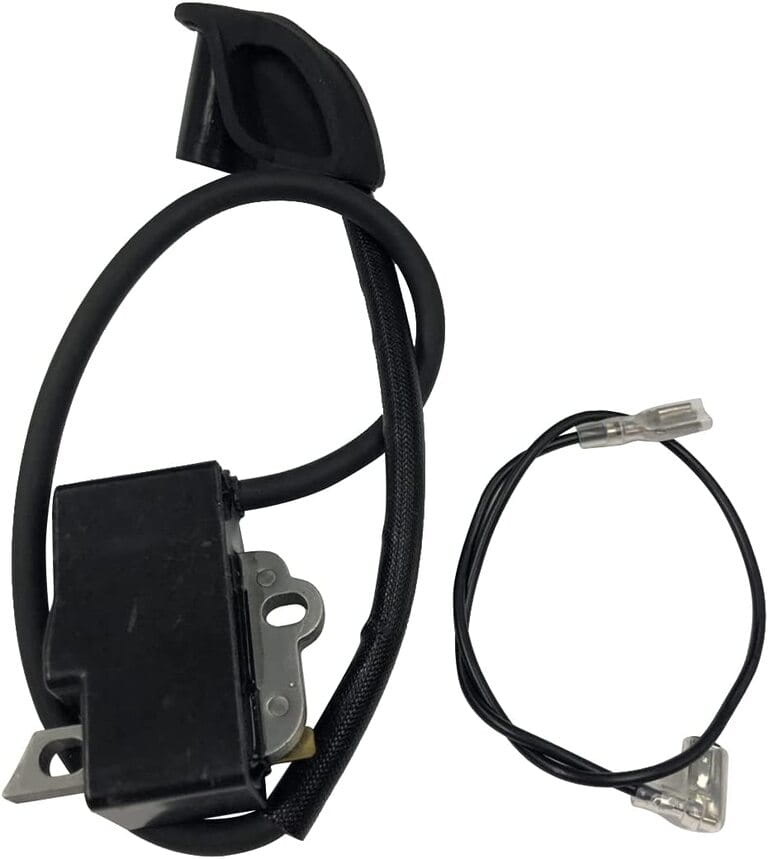If you're struggling with your trusty weed eater, fear not. We've got your back! In this article, we'll walk you through some common troubleshooting steps to help you get your weed eater up and running smoothly again. So, let's dive right in and bring that power back to your yard!
1. Check the Fuel:
One of the most common reasons why a weed eater won't start is an empty or improperly mixed fuel tank. Ensure that you have fresh fuel, mixed with the correct oil-to-gas ratio as specified in your weed eater's manual. A stale fuel mixture can cause starting issues, so it's always a good idea to use fresh fuel for optimal performance.
2. Spark Plug Inspection:
A faulty spark plug can also be the culprit behind a weed eater's starting woes. Remove the spark plug, clean any debris, and check for signs of damage or wear. If necessary, replace the spark plug with a new one of the recommended type and gap. A healthy spark plug can make a significant difference in the starting reliability of your weed eater.
3. Air Filter Maintenance:
A clogged or dirty air filter can impede the airflow to the engine, resulting in starting difficulties. Locate the air filter housing, remove the filter, and inspect its condition. If it's dirty, gently clean it with soap and water or replace it if it's damaged. Regular air filter maintenance will ensure better engine performance and a longer life for your weed eater.
4. Clear the Fuel Line and Carburetor:
Over time, the fuel line and carburetor may accumulate debris and become clogged, affecting the fuel flow. Disconnect the fuel line and check for any obstructions or blockages. Clean the fuel line and carburetor thoroughly, ensuring smooth fuel delivery to the engine. A clean fuel system can make a world of difference in the reliability of your weed eater.
5. Check the Ignition System:

If your weed eater is still refusing to start, it's worth examining the ignition system. Inspect the ignition coil, wiring, and kill switch for any visible damage or loose connections. Ensure that all components are securely connected and that the kill switch is in the "ON" position. A faulty ignition system can prevent your weed eater from firing up, so addressing any issues here is crucial.
Conclusion:
Troubleshooting your weed eater doesn't have to be a daunting task. By following these friendly expert tips, you can diagnose and resolve common issues that might be plaguing your trusty tool. Remember to consult your weed eater's manual for specific instructions and always prioritize safety while performing any maintenance tasks. With a little patience and know-how, you'll have your weed eater back in action, making your yard the envy of the neighborhood once again. Happy trimming!













